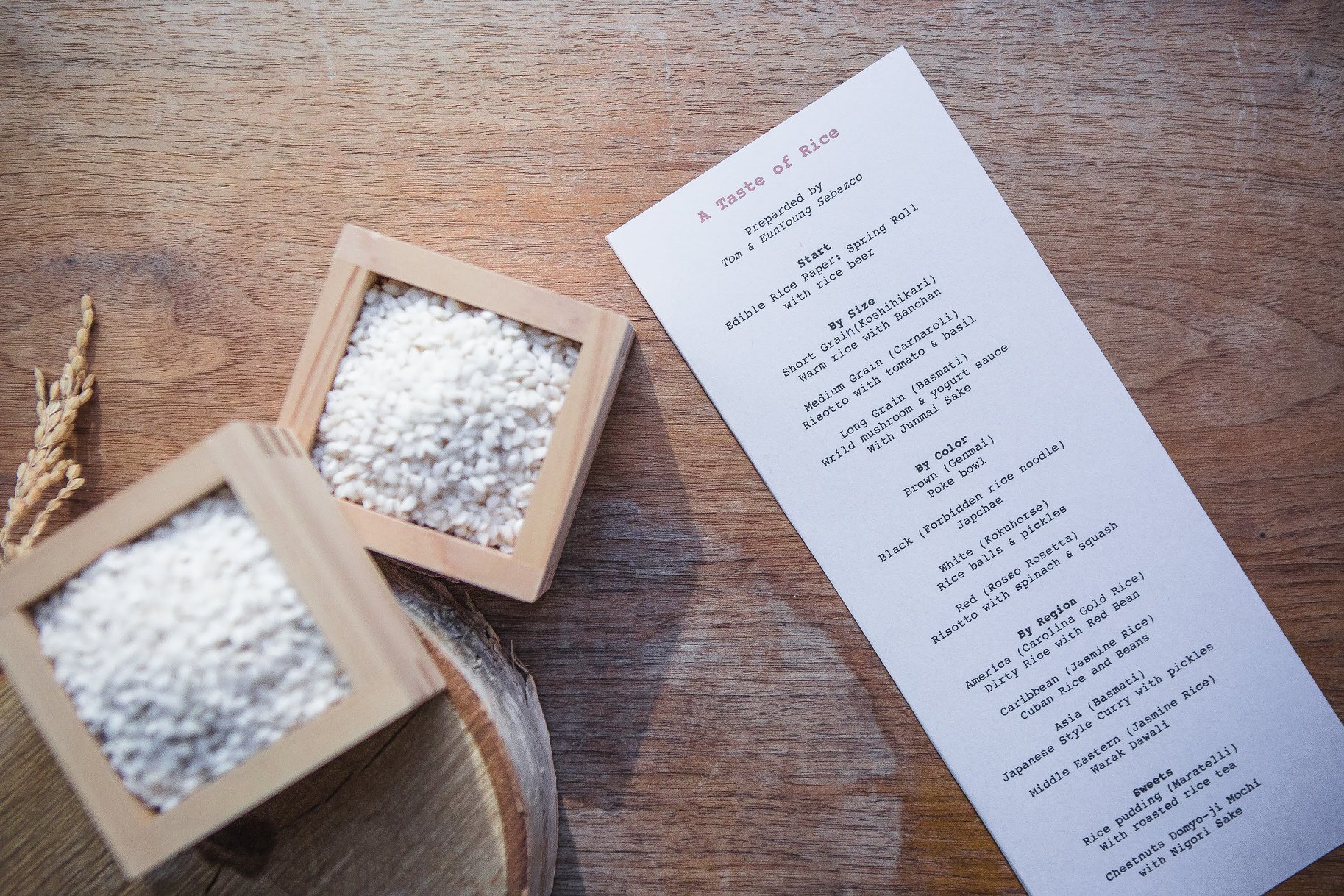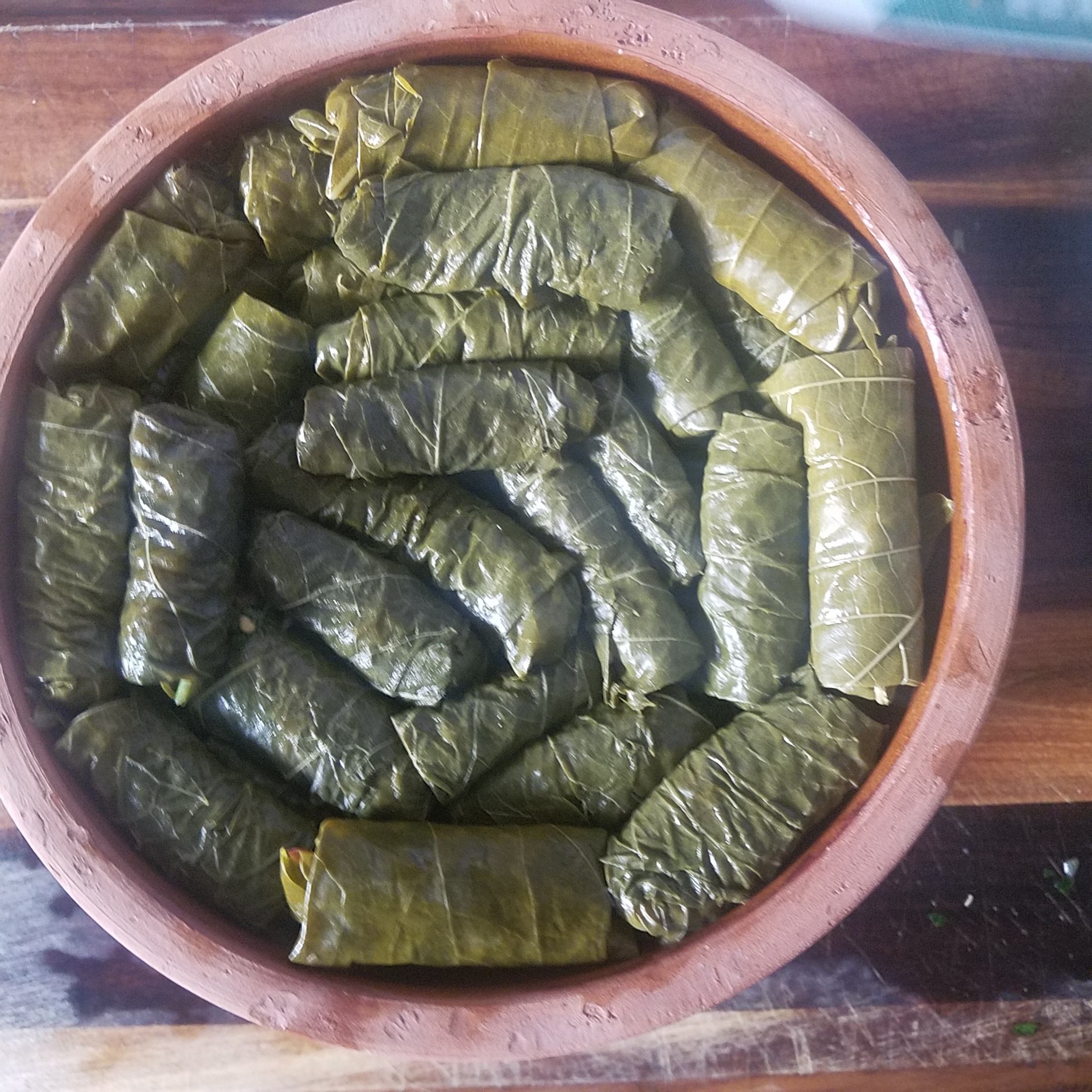Reticulated Sea
/By Davide Mantovani
Photo by Davide Mantovani
During the past few weeks, Venice has been sowing one of its main crops, rice. But now the planting has slowed, and the land has been flooded with water. The image above is a “reticulated sea”, as the rows of rice can be seen below the water.
The North of Italy, in the region called Veneto, rice cultivation was introduced in early 16th century by the Venetians. Because the rice crop has been sown for over 500 years, rituals and traditions of the rice culture here have a strong connection with the local Venetians. They were people dedicated to maritime commerce, but rice was also a major staple. The northern mainlands under the control of the Venetians have crops thanks to the ancient and extensively organized irrigation system, which is still on record in the archives of Venice.
Today the seeding happens by tractor, guided by satellite GPS. Under the funnel, the brown seeds are spread by a rotor that spins them around. This process takes place on a dry paddy field and when it is finished the rice field is immediately flooded to prevent flocks of birds from eating the freshly planted seeds. To prevent the rice from floating, the rice is pre-soaked in large tanks the day before planting occurs.
Modern tractors are still modeled on the ancient technique, when the rice was spread by the masterly hand of the “Risar” seed planter.
The Risar was a man of knowledge and experience because the best crop was dependent on his good work. On his left arm he kept rice seeds, and with his right hand he spread seeds every one or two steps with an arched motion.
In past they usually sowed in the flooded paddy. The water let them control how well the paddy was smoothed. To see where the arch of seed had landed, two men called “spie” (literally “spies”) accompanied the Risar with long sticks so he could see where the last seeds had been spread. In this way, as they do now with GPS, it was ensured that the seeds were not wasted, and parts of the field were not left uncultivated.
Melotti Farm, Verona, Italy
The first day of sowing, the 25th of April, is dedicated to St. Mark the Evangelist, the Patron Saint of Venice. This day ensures good luck for the harvest. The Regent, or chief magistrate of the city of Venice, is also given a traditional Venetian dish; risotto I piselli or rice with peas. The dish is made with the rice of the lowlands and the peas of the hills. Of course, it is probably also combined with a good glass of wine.













